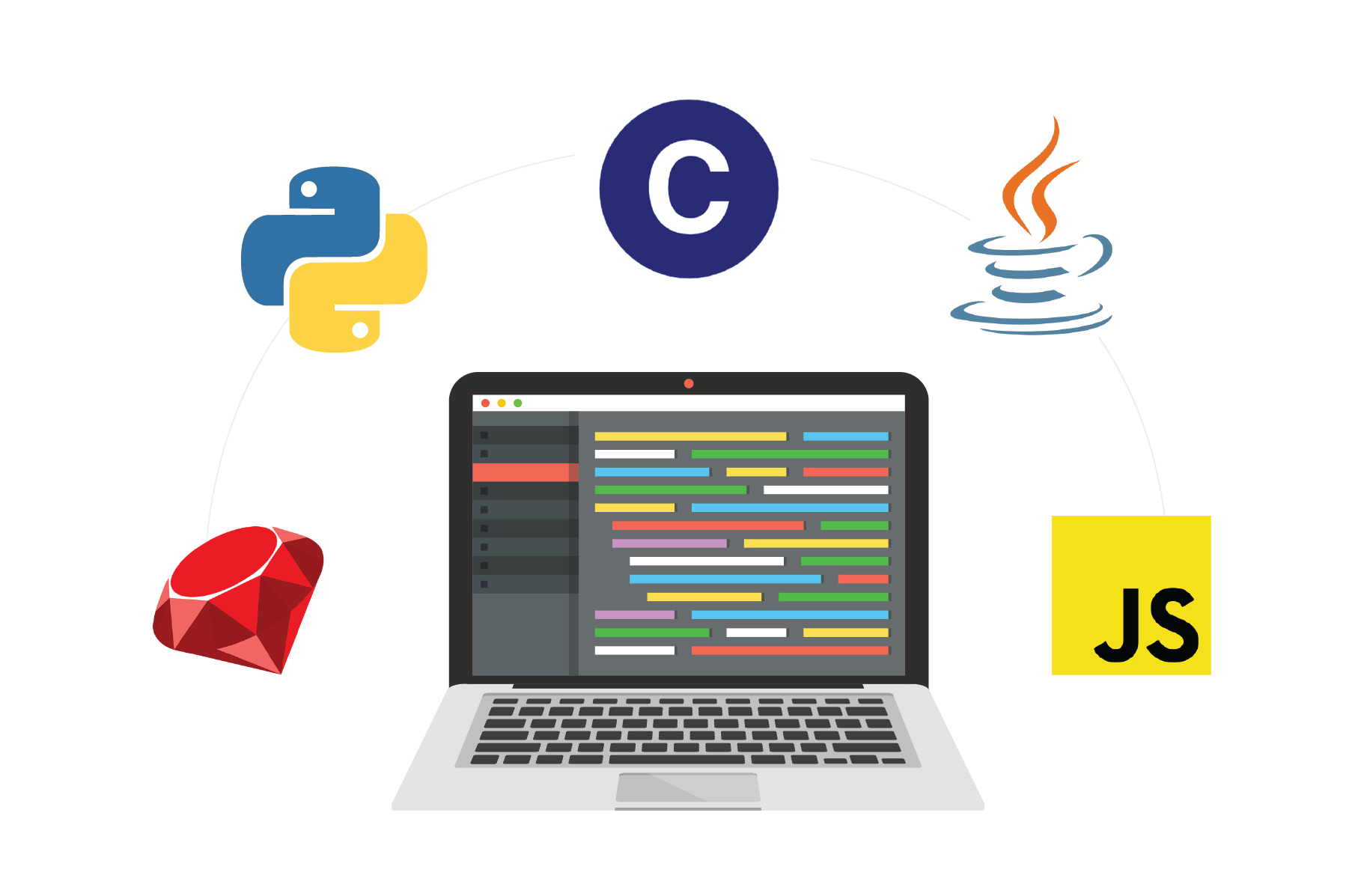As technology continues to evolve at a breakneck pace, the demand for skilled programmers remains higher than ever. For tech enthusiasts and professionals looking to stay ahead in the competitive landscape, mastering the right programming languages is crucial. Whether you are an aspiring developer or a seasoned coder seeking to expand your skill set, knowing which languages are set to dominate the industry is invaluable.
In this blog post, we’ll delve into the top five programming languages that every techie should consider learning in 2024. This list is curated based on factors such as industry demand, versatility, ease of learning, and future potential. Let’s explore these languages that are shaping the future of technology.
1. Python: The Versatile Powerhouse
Why Python? Python continues to reign supreme as a top choice for developers across various fields. Its simplicity and readability make it an excellent language for beginners, while its robust frameworks and libraries cater to advanced applications in web development, data science, artificial intelligence (AI), and machine learning (ML).
Key Features:
- Ease of Learning: Python’s syntax is straightforward, making it accessible for newcomers.
- Extensive Libraries: Libraries such as TensorFlow, PyTorch, and Django provide powerful tools for AI, ML, and web development.
- Community Support: A large and active community means extensive resources and support for developers at all levels.
Use Cases: Python is widely used in data analysis, automation, web scraping, and the backend development of web applications. Its role in developing AI and ML models is particularly notable, making it a favorite among data scientists.
Job Market and Salary: In the US, Python developers are in high demand. According to recent data, the average salary for Python developers ranges from $80,000 to $120,000 annually, with experienced professionals earning even higher.
2. JavaScript: The Backbone of Web Development
Why JavaScript? JavaScript remains the undisputed king of web development. It’s the core technology behind dynamic and interactive web pages, working seamlessly with HTML and CSS. With the rise of frameworks like React, Angular, and Vue.js, JavaScript’s utility has expanded far beyond simple scripting.
Key Features:
- Universal Language: JavaScript runs on almost every web browser, making it a must-know for web developers.
- Rich Ecosystem: The ecosystem includes powerful frameworks and libraries that streamline development processes.
- Event-Driven Programming: Ideal for building interactive and responsive user interfaces.
Use Cases: JavaScript is essential for front-end development, creating responsive web applications and enhancing user experiences. It’s also increasingly used on the server-side with Node.js, allowing developers to use a single language for full-stack development.
Job Market and Salary: JavaScript developers enjoy a thriving job market, with salaries averaging between $75,000 and $110,000 annually in the US. Full-stack developers who master JavaScript along with other technologies often command even higher salaries.
3. Rust: The Safety and Performance Leader
Why Rust? Rust is rapidly gaining popularity for its focus on safety and performance. Developed by Mozilla, Rust is designed to prevent common programming errors such as null pointer dereferencing and buffer overflows. It achieves this without sacrificing performance, making it ideal for system-level programming.
Key Features:
- Memory Safety: Rust’s ownership system guarantees memory safety without a garbage collector.
- Concurrency: Rust’s design supports concurrent programming, which is crucial for modern multi-threaded applications.
- Performance: Rust provides performance comparable to C and C++, but with safer code practices.
Use Cases: Rust is particularly favored in system programming, embedded systems, and applications where performance and reliability are critical. It’s also making inroads into web development with frameworks like Rocket.
Job Market and Salary: While still emerging compared to more established languages, Rust developers are in demand for specialized roles. Salaries for Rust developers in the US typically range from $90,000 to $130,000 annually, reflecting its value in high-performance computing sectors.
4. Go: The Cloud and Microservices Champion
Why Go? Go, or Golang, was created by Google to address the needs of scalable and efficient software development. It’s particularly well-suited for cloud computing, microservices, and distributed systems, thanks to its simplicity, concurrency support, and fast compilation times.
Key Features:
- Concurrency: Go’s goroutines and channels make it easy to write concurrent programs.
- Efficiency: Go is designed to be simple yet powerful, with fast execution and compilation.
- Modern Features: It includes garbage collection and built-in testing capabilities, simplifying development and maintenance.
Use Cases: Go excels in backend development, particularly for creating APIs, microservices, and cloud-native applications. It’s also popular in DevOps for building tools and automation systems.
Job Market and Salary: In the US, Go developers are highly sought after, particularly in tech companies focusing on cloud services and microservices architecture. Salaries typically range from $85,000 to $130,000 annually, with experienced developers often commanding higher compensation.
5. TypeScript: The Future-Proof JavaScript Superset
Why TypeScript? TypeScript, developed by Microsoft, is a superset of JavaScript that adds static typing to the language. This enhancement helps developers catch errors early and maintain large codebases more efficiently. TypeScript’s adoption has skyrocketed, making it an essential tool for modern web development.
Key Features:
- Static Typing: TypeScript introduces optional static types, improving code quality and readability.
- Tooling and IDE Support: TypeScript’s tight integration with editors like Visual Studio Code enhances developer productivity.
- Compatibility: It compiles to plain JavaScript, ensuring compatibility with existing JavaScript codebases.
Use Cases: TypeScript is widely used in large-scale web applications, providing a robust foundation for maintaining and scaling complex projects. It’s commonly employed in projects involving Angular, React, and Node.js.
Job Market and Salary: TypeScript skills are in high demand, especially among companies developing large-scale JavaScript applications. In the US, TypeScript developers can expect salaries ranging from $80,000 to $120,000 annually, with those in senior roles earning more.
Conclusion
In 2024, staying relevant in the tech industry means mastering programming languages that align with current and emerging trends. Python, JavaScript, Rust, Go, and TypeScript are not just popular choices; they are shaping the future of software development. Each language offers unique strengths and caters to different needs, from web development to system programming.
For techies aiming to enhance their career prospects or tackle new challenges, investing time in learning these languages is a strategic move. As the demand for skilled developers continues to grow, proficiency in these programming languages will open doors to numerous opportunities in the ever-evolving tech landscape.
Ready to dive in? Choose the language that aligns with your career goals and start exploring the endless possibilities it offers. The future of technology awaits!



